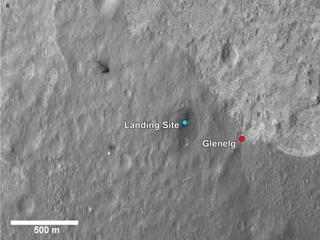
The landing site of NASA's Curiosity rover and a destination nearby known as Glenelg. Photo: NASA/JPL-Caltech/Univ. of Arizona.
WASHINGTON (PTI): Scientists from NASA's 'Curiosity' rover mission have selected an intersection of three different terrains as the first driving destination for the car-size, one-tonne rover on the red planet.
The target area, named Glenelg is 1,300 feet (400 metres) east-southeast of the rover's landing site in Gale crater.
"With such a great landing spot in Gale Crater, we literally had every degree of the compass to choose from for our first drive," Curiosity Principal Investigator John Grotzinger of the California Institute of Technology said in a NASA statement.
"We had a bunch of strong contenders. It is the kind of dilemma planetary scientists' dream of, but you can only go one place for the first drilling for a rock sample on Mars. That first drilling will be a huge moment in the history of Mars exploration," Grotzinger said.
One of the three types of terrain intersecting at Glenelg is layered bedrock, which is attractive as the first drilling target.
"We're about ready to load our new destination into our GPS and head out onto the open road," Grotzinger said.
"Our challenge is there is no GPS on Mars, so we have a roomful of rover-driver engineers providing our turn-by-turn navigation for us," Grotzinger added.
Prior to the rover's trip to Glenelg, the team in charge of Curiosity's Chemistry and Camera instrument, or ChemCam, is planning to give their mast-mounted, rock-zapping laser and telescope combination a thorough checkout.
Tonight, ChemCam is expected to "zap" its first rock in the name of planetary science. It will be the first time such a powerful laser has been used on the surface of another world.
"Rock N165 looks like your typical Mars rock, about three inches wide. It's about 10 feet away," said Roger Wiens, principal investigator of the ChemCam instrument from the Los Alamos National Laboratory in New Mexico.
"We are going to hit it with 14 millijoules of energy 30 times in 10 seconds. It is not only going to be an excellent test of our system, it should be pretty cool too," Wiens said.
Mission engineers are devoting more time to planning the first roll of 'Curiosity'.
In the coming days, the rover will exercise each of its four steerable (front and back) wheels, turning each of them side-to-side before ending up with each wheel pointing straight ahead.
On a later day, the rover will drive forward about one rover-length (10 feet, or 3 metres), turn 90 degrees, and then kick into reverse for about 7 feet (2 metres).
"There will be a lot of important firsts that will be taking place for Curiosity over the next few weeks, but the first motion of its wheels, the first time our roving laboratory on Mars does some actual roving, that will be something special," said Michael Watkins, mission manager for Curiosity from the Jet Propulsion Laboratory in Pasadena, California.
The Mars Science Laboratory spacecraft delivered 'Curiosity' to its target area on Mars at 05:30 GMT (11:00 IST) on August 6.
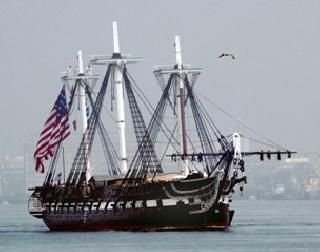 Previous Article
Previous Article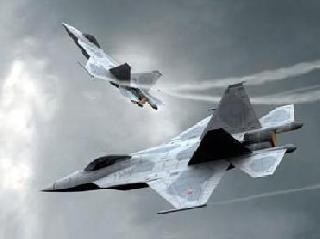 Next Article
Next Article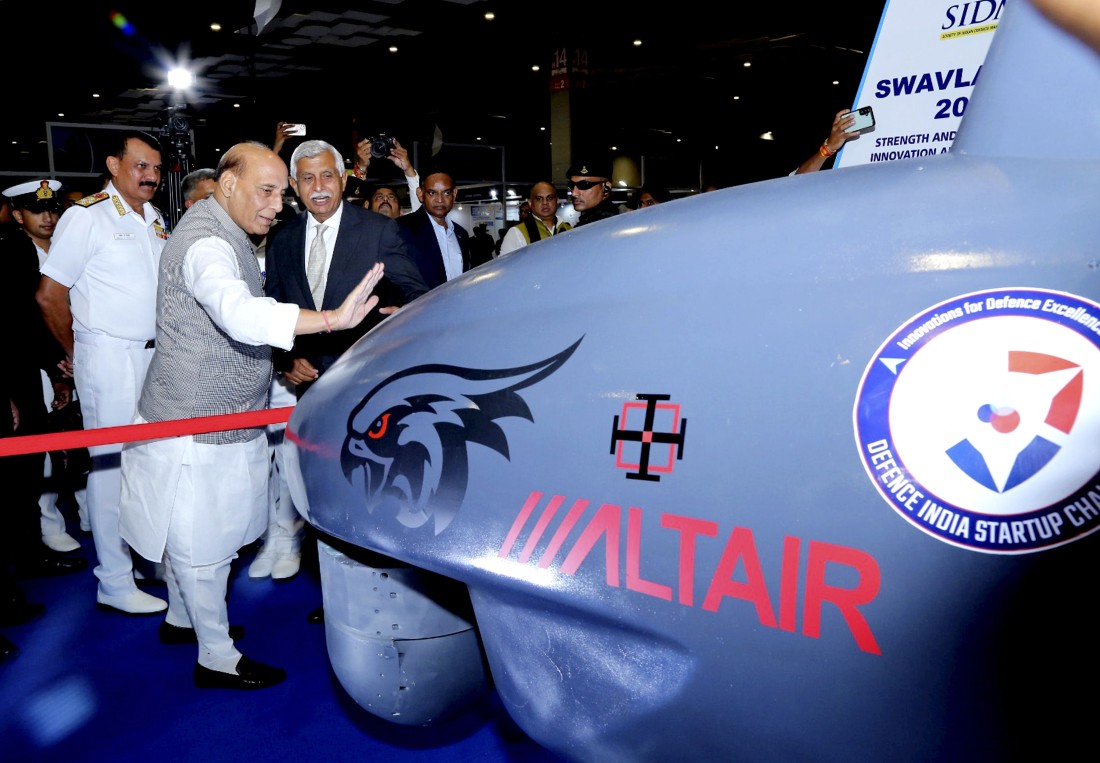
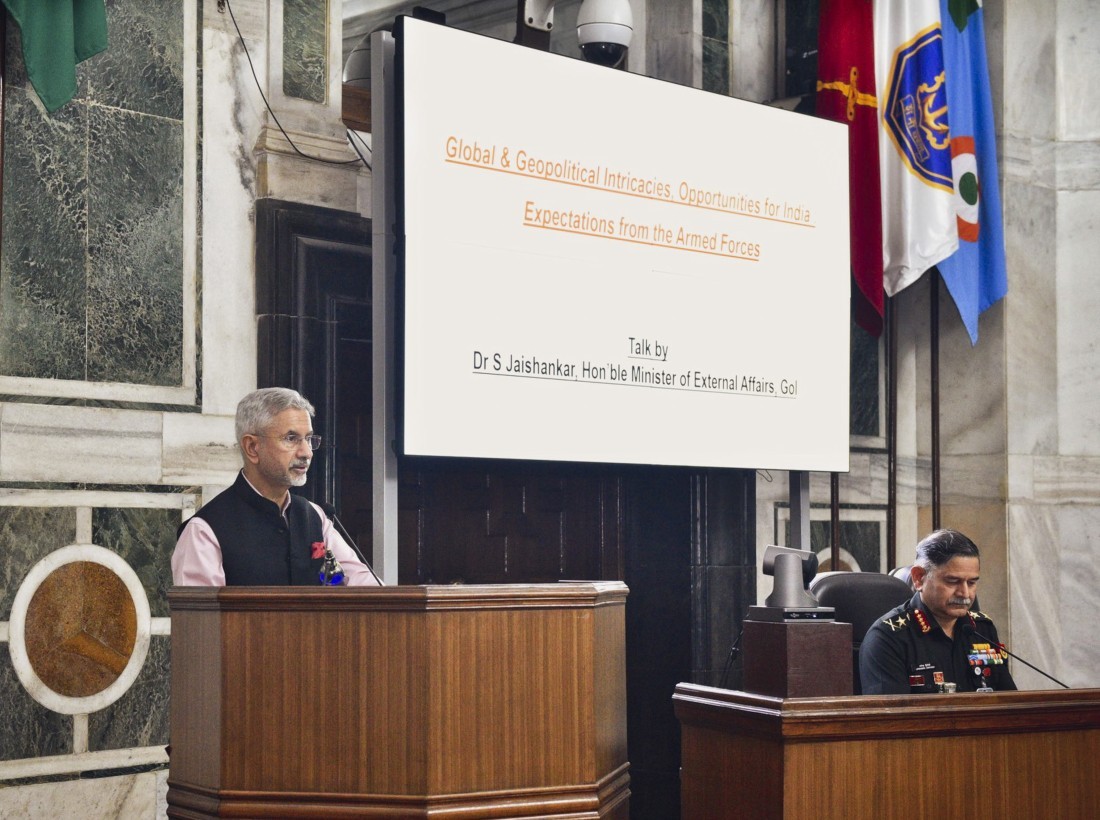
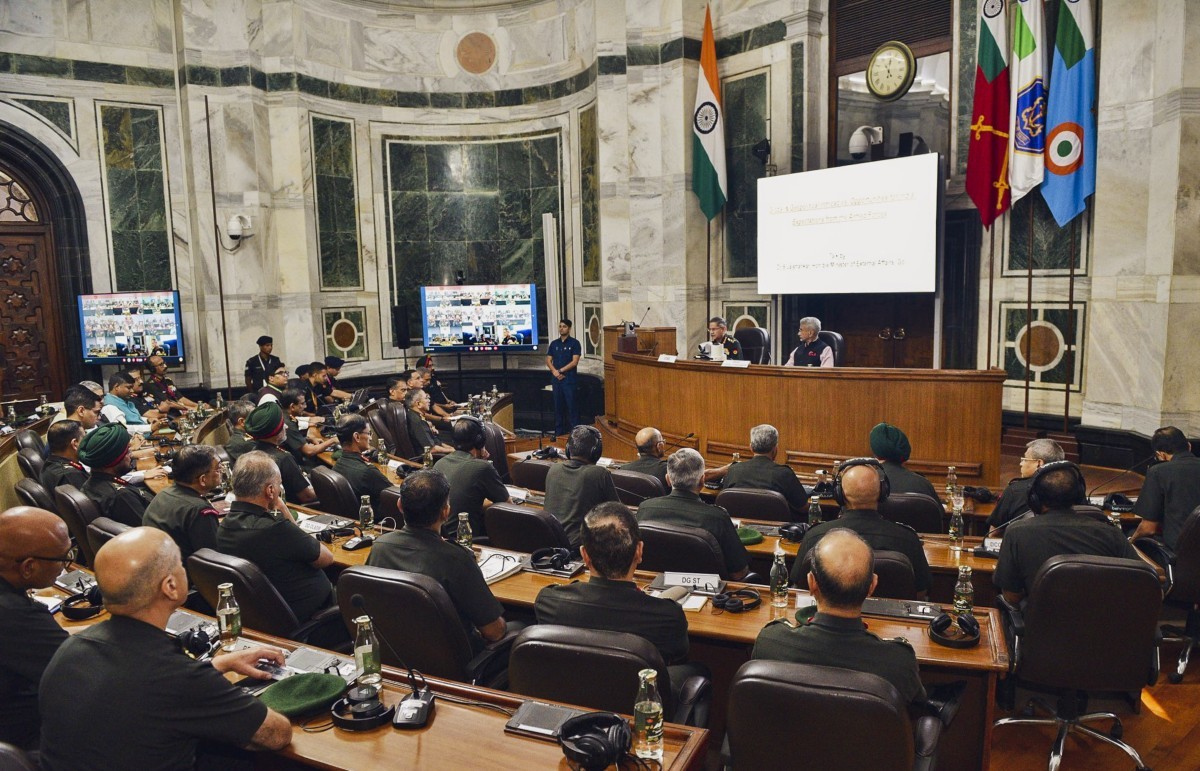
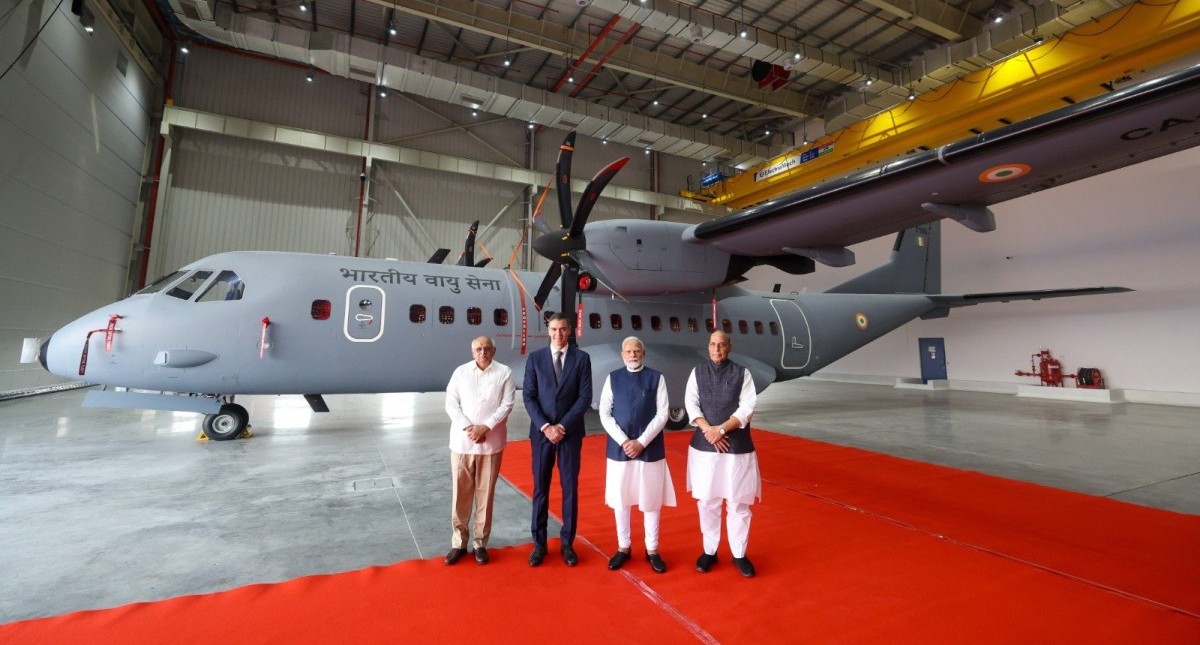

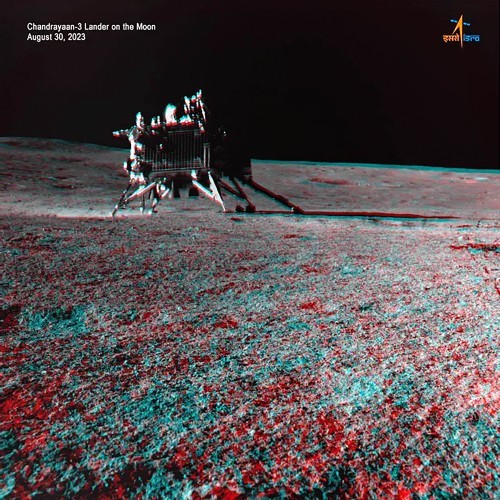
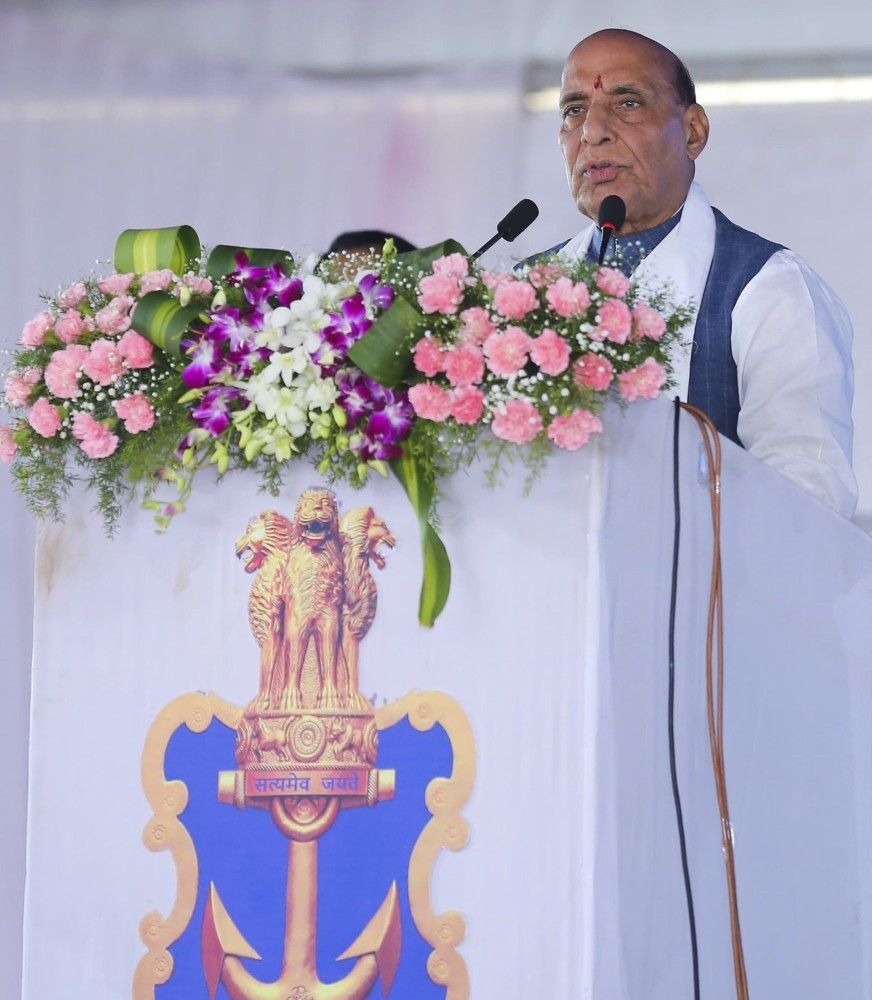






The Indian Air Force, in its flight trials evaluation report submitted before the Defence Ministry l..
view articleAn insight into the Medium Multi-Role Combat Aircraft competition...
view articleSky enthusiasts can now spot the International Space Station (ISS) commanded by Indian-American astr..
view article